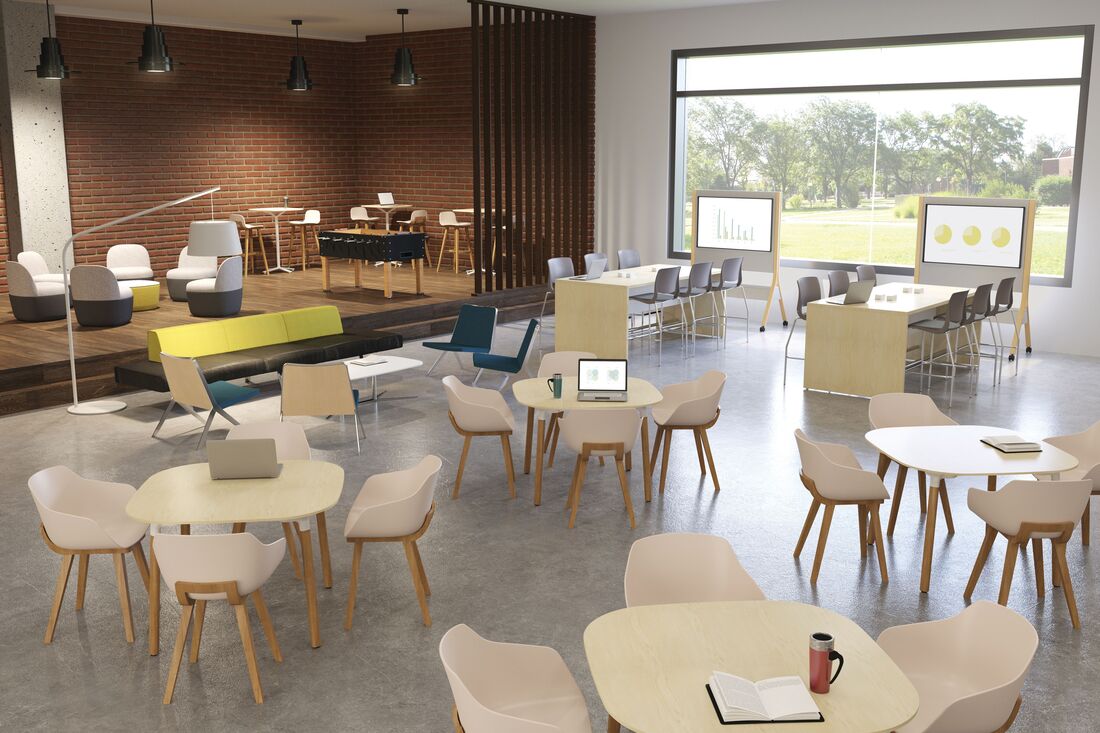|
This post was co-authored with Naomi Church of Growing Minds Consulting.
At any point during a school year, teachers can make necessary changes in their classroom spaces. This could be when a new student joins or leaves the group, maybe new furniture has arrived, or perhaps the teacher just needs to change things up for their learners. For successful teaching and learning experiences in the physical classroom space, the space must be clutter-free (Marshfields) and student-centered for increased creativity and decreased unnecessary stimulation. In this blog post, we'll explore how to purposefully design your classroom space to foster student engagement, agency, and ownership, while also ensuring efficiency and productivity. 1. Triple P Framework: Purpose, Priority, Pare Down Before diving into the nitty-gritty of classroom design, it's essential to adopt a Triple P framework:
2. Student Work Arrangement Consider how you want your students to work within your classroom space. The arrangement of desks and seating can greatly influence the dynamics of your classroom. Options to consider include:
3. Built-in Furniture and Storage Do you have built-in furniture in your classroom? Built-in furniture can maximize space and create a cohesive and functional environment. Consider the following:
4. Minimize Distractions A cluttered classroom can be a breeding ground for distractions. Keep only what is necessary in the classroom:
5. Accessibility and Exploration Lastly, ensure that your classroom space is accessible for exploration and learning. Thoughtfully chosen resources and community-based materials can enhance the educational experience:
We have the power to shape the learning environment and influence student engagement, agency, and ownership every day, so every day, make a conscious effort to design your physical classroom space with purpose, prioritize essential elements, and pare down distractions. Create a space that empowers students to work collaboratively or independently, while also ensuring that it remains accessible and conducive to exploration. There is no one “right” way to design a classroom. Classroom design is intentional and based on the learning experience you seek to create. We are proposing a thoughtful approach to design so that your physical space can be a support in helping you reach your educational objectives and increase student engagement and achievement. The learning environment should support your work, not hinder it. With a well-designed classroom, you can set the stage for a successful academic year and create an environment where both you and your students thrive.
0 Comments
Leave a Reply. |
Archives
November 2023
|
Photos from wuestenigel, wuestenigel, wuestenigel, markus119, cowbite, mikecogh, shixart1985, symphony of love, kennethkonica, homegets.com, wuestenigel, quinn.anya, Chuckcars, Dave Hamster, mikecogh, wuestenigel, debaird™, wuestenigel, shixart1985, trekkyandy, frankieleon, Sue90ca MORE OFF THAN ON, WarmSleepy, symphony of love, Marcus Hansson, Cliff Johnson, Leonard J Matthews, Archives Branch, USMC History Division, tmray02, Rawpixel Ltd, joostmarkerink, Andrew Gustar, Thomas James Caldwell, Dano
